Affiliate links on Android Authority may earn us a commission. Learn more.
Sony’s mobile business doesn’t jibe with its quest for profits
Published onFebruary 27, 2015
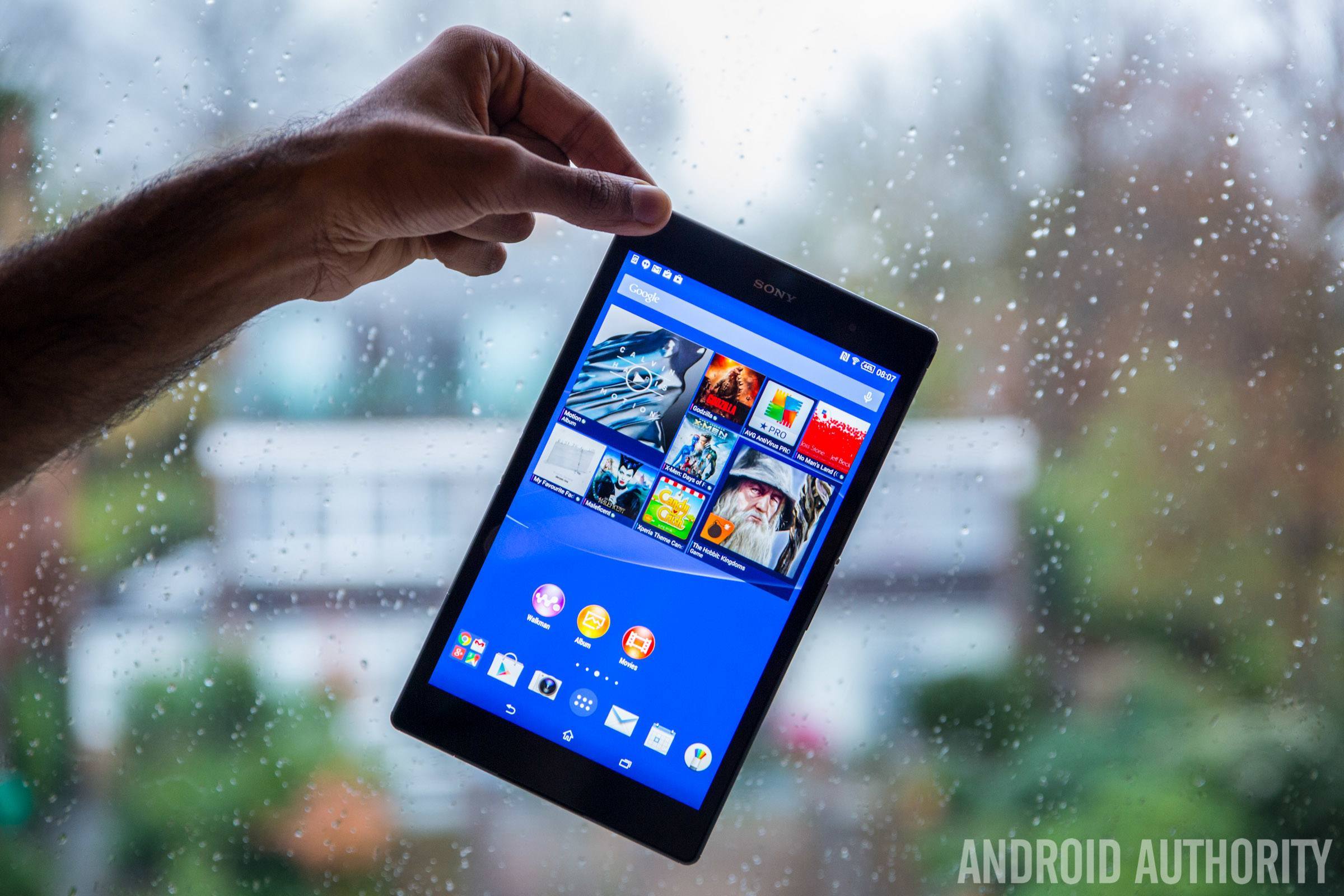

No matter what part of the world you live in, Sony is likely a household name. For the past several decades, the Japanese mega-corporation has dabbled in a variety of talking points ranging from consumer electronics to healthcare and biotechnology. Recently, however, the company has fallen on hard times and in the past few years its leadership has made some radical changes. In 2014, Sony made an exit from the PC business, selling off its well-known VAIO brand to a Japanese investment fund called Japan Industrial Partners.
After pulling the plug on its PC efforts, Sony stated that it would shift its focus towards smartphones and tablets. Here we are a little over 12 months later and the company’s CEO Kazuo Hirai is making even more drastic moves, recently announcing that the company will no longer pursue profits in smartphone sales. A far cry from Sony’s declaration last February, its frontman also said that he’s not ruling out the thought of a possible exit strategy from the mobile phone business.
After pulling the plug on its PC efforts, Sony stated that it would shift its focus towards smartphones and tablets.
So how did this happen? How did one of the most popular companies in the world end up in such a compromising position? Let’s talk about this for bit.
Things Haven’t Been Easy
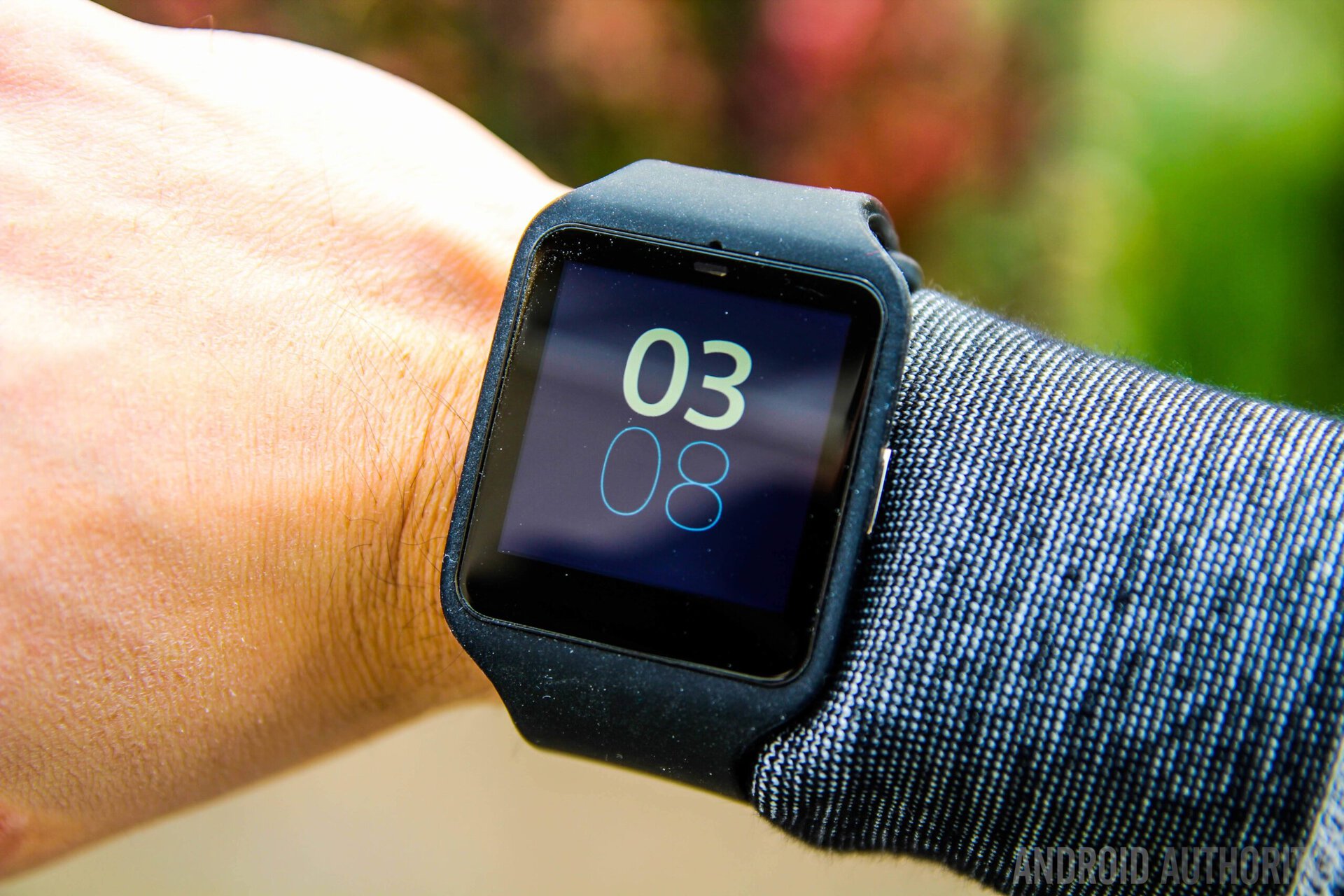
Hirai didn’t just come up with this “everything must go” idea from out of nowhere. Sony has been against the ropes for quite a while now. The outfit currently expects to report a loss of around $2.1 billion for its fiscal year ending March 31, 2015. And despite making some rather exceptional handsets, Sony’s ailing mobile division has been a major contributor to the company’s recent decline. Back in September, the firm noted that it would be taking an “impairment charge” of 180 billion yen (around $1.5 billion) due to its mobile sales being lower than anticipated.
Sony then vowed to make some changes by revising its Mobile Communications segment’s mid-range plan. This meant adjustments in select geographical areas, a renewed focus on its premium product lineup, and a reduction to its mid-range offerings. But despite such practical provisions, the firm is still treading water, resulting in its brass entertaining the thought of completely backing out of longtime staples like TV and mobile.
So What’s the Problem?
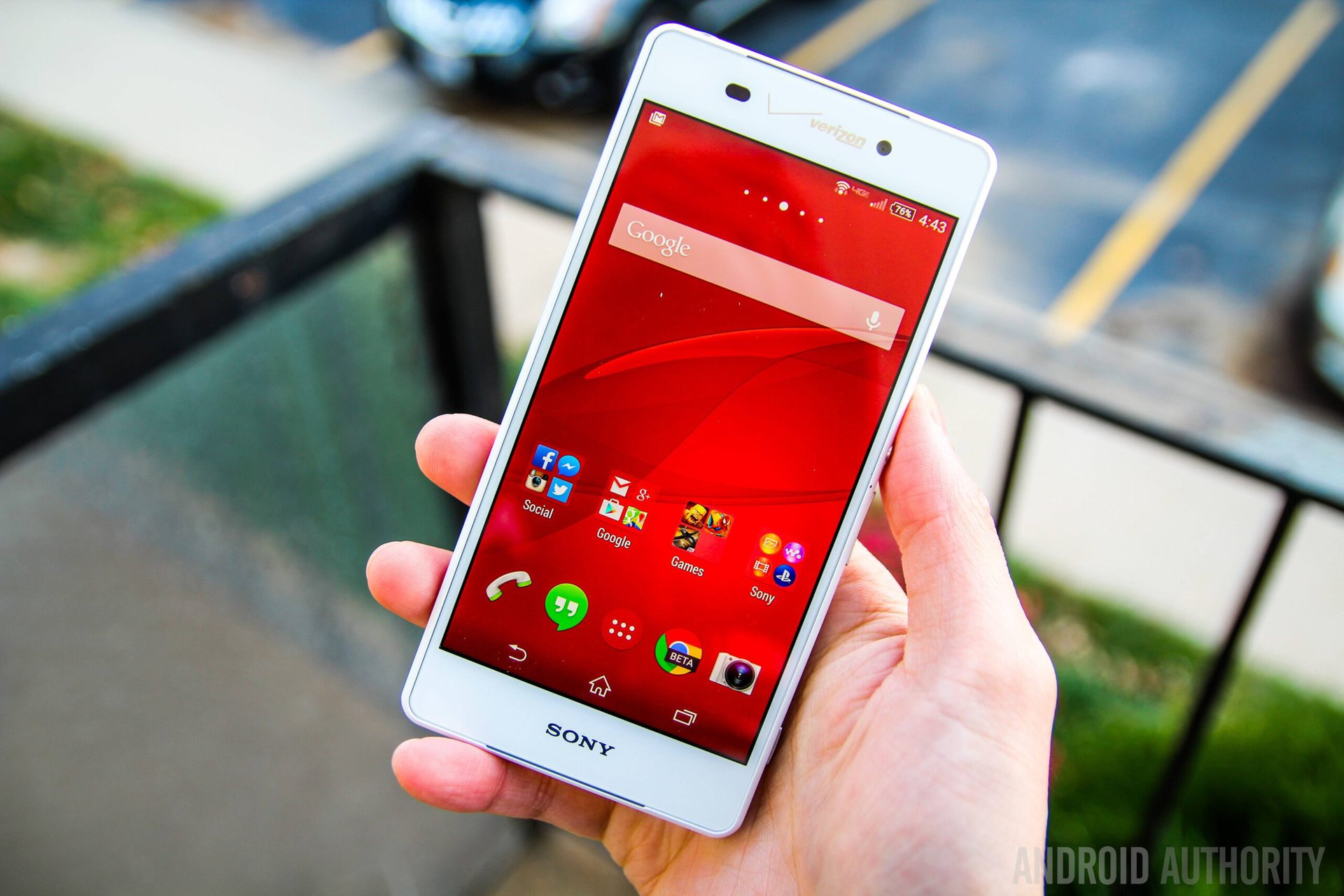
Arguably the biggest cause of Sony’s recent struggles is stern competition in just about every major market. In 2009, the popular electronics maker was recognized as the fourth largest mobile phone manufacturer in the world. However, by 2010, the company dropped down to sixth place. With the exception of Apple, Sony’s smartphone efforts have taken a back seat to other Asia-based competitors like Samsung, Xiaomi, Lenovo and LG.
With the exception of Apple, Sony’s smartphone efforts have taken a back seat to other Asia-based competitors like Samsung, Xiaomi, Lenovo and LG.
Additionally, Sony doesn’t really have a large presence in important markets. China and the US to be specific. The former is dominated by native companies like Xiaomi, HUAWEI, ZTE and high-profile outsiders like Samsung and Apple, but the key point here is that Sony is practically nowhere to be found.
Not only coming up short in the far east, if you take a look at America’s four major wireless carriers, there’s really not much available from Sony. Meanwhile, flagship devices from Samsung, Apple, HTCand LG can regularly be found across Verizon, AT&T, Sprint and T-Mobile. If Sony plans to stay in the smartphone business, it will need to establish itself in these two pivotal markets, as well as other developing territories.
Definitely aware of his company’s tense position, Kazuo Hirai has publicly acknowledged that rival equipment manufacturers have been effectively producing products that bring down costs and drive up innovation. These trends, along with a minuscule market share, are likely a major part of what’s caused Sony to lose faith in its mobile division.
Let it Tank
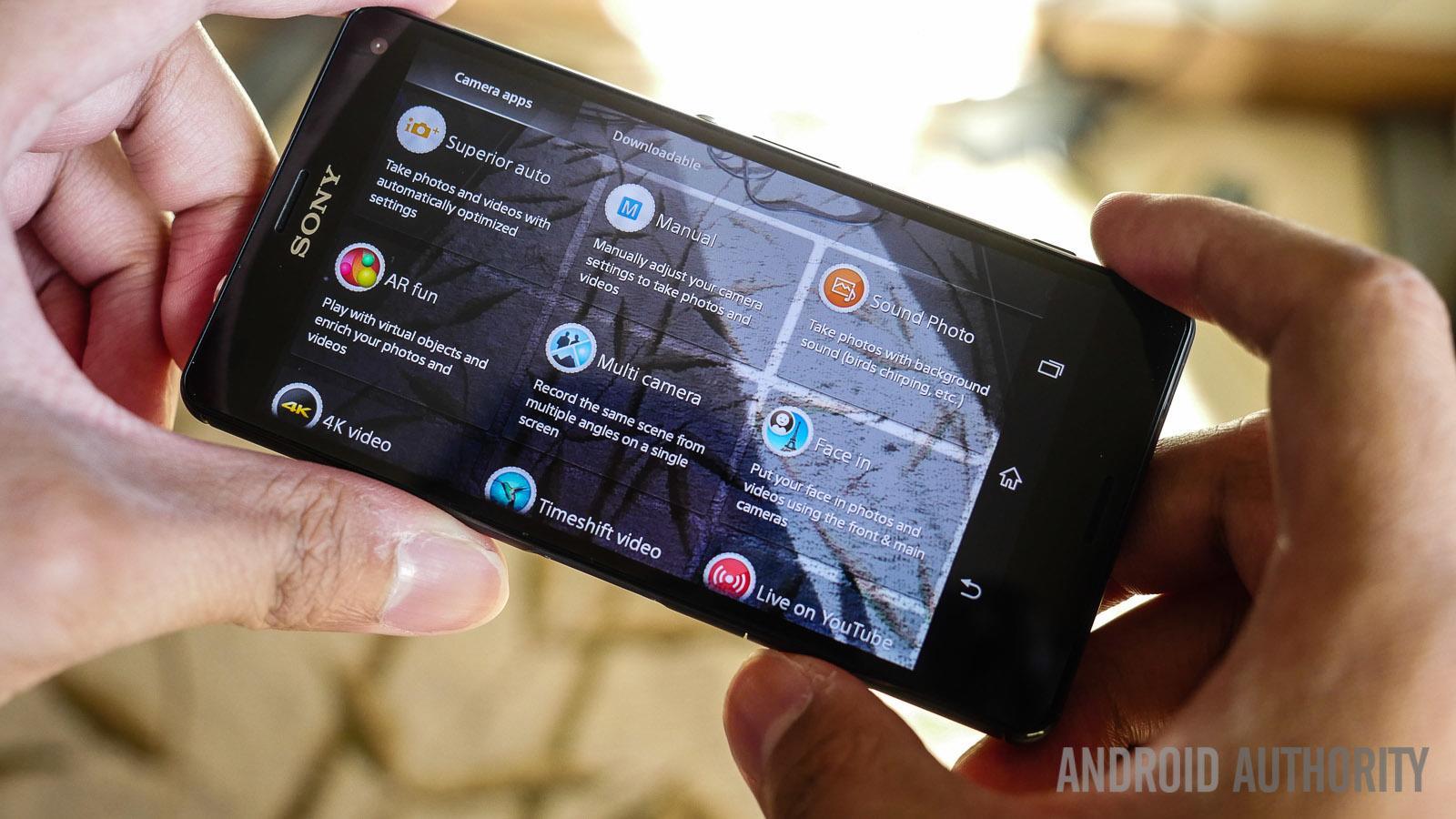
Sony has reputation for making some of the best smartphones on the market, but as a whole the company is in a very challenging situation. Projected to take its sixth net loss in seven years, the firm’s new recovery strategy bets big on three sectors: video games (PlayStation), movies and camera sensors. You’ll want to dogear that last item.
Despite a less than flattering security breach at the end of 2014, Sony Pictures still manages to churn out profitable films. Also, the studio recently inked a potentially lucrative deal with Marvel Studios that will see the iconic superhero Spider-Man appearing in movies from Sony and the Disney-owned company.
As for the world of video games, Sony’s new PlayStation 4 game console (which actually plays nicely with select Android devices) is currently dominating its immediate competitors in terms of global sales. While the PS4 has only been available to consumers for a little over a year, some analysts predict that it will outsell Microsoft’s new Xbox One by up to 40 percent over the next four years.
This brings us back to image sensors. Sony makes an impressive assortment of cameras, but there’s a bigger picture here. Apple uses the Japanese electronics maker’s hardware in its iPhones. In addition to a deal with the California-based tech giant, Samsung’s forthcoming flagship Galaxy S6 will reportedly feature a Sony-made image sensor. By partnering with the world’s top two smartphone makers, the struggling firm has the potential to earn a lot of cash.
Sony’s grand plan is to return to being profitable in three years.
If Sony does try to maintain its mobile business, the company will be fighting an expensive uphill battle that could possibly put its recovery strategy in jeopardy. While smartphones might be a lost cause for the once dominant electronics maker, it still has time to take a shot at wearables whenever they officially catch on.
Wrap-up
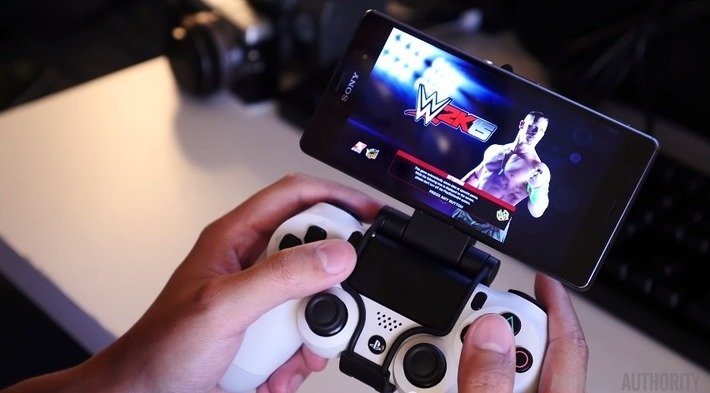
Make no mistake about it; Sony is at a turning point. The company that used to have its hands in just about everything imaginable, now only has its fingertips on a few key ideas. It’s clear the firm’s management is thinking about mobile and there could very well be an internal debate going on regarding the platform’s future. Whatever the case, when Sony finally decides what to do with its smartphone business, it needs to commit to it and not waffle from one idea to another.
It’s a simple idea for sure, but the company definitely appears to be having trouble making a definitive decision. But if you ask me, Sony needs to ease up on its smartphone development and start focusing on putting together its best sales pitch. What are your thoughts? Should Sony bow out for now, or would simply scaling back the number of phones produced (ie, less models and less frequent release schedules) be enough to help Sony’s ailing mobile division heal its wounds?